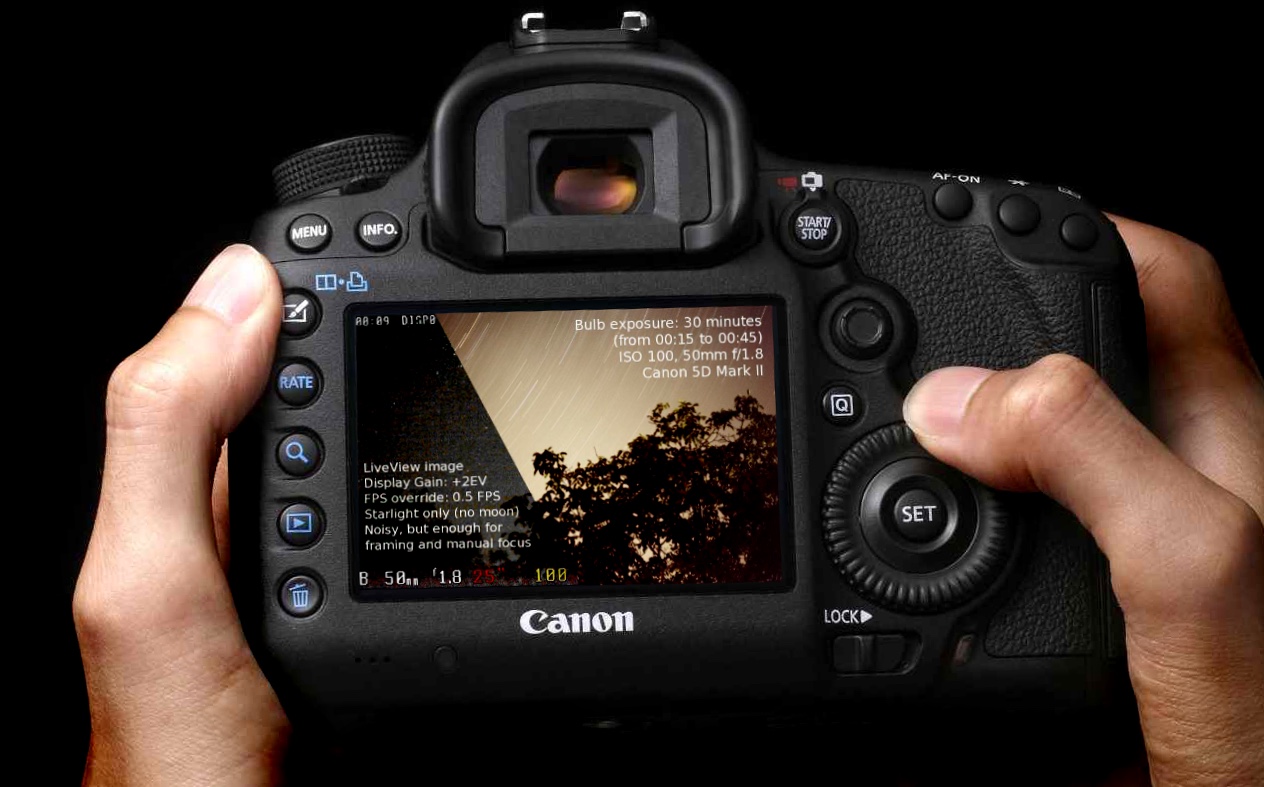

Yet Sony’s RX100 and RX1 are pint-sized bestsellers.

The GH3 is larger than the GH2. The Olympus OM-D E-M1 has also grown over the E-M5 in size and ambition. This has partially reversed the trend for cameras to get smaller. Compacts and small mirrorless cameras are dying out. However, manufacturers have been losing the miniaturisation war with customers.Ĭertainly in America big cameras are preferred and everyone else uses smartphones. To say we only lose out when something gets smaller isn’t so. The RX1 is easy to throw in a bag like a lens and bring it along as a 2nd body. The 5D Mark III is an incredibly versatile camera for stills and video alike but the RX1 gains back some versatility despite the lack of interchangeable lenses by being so portable, meaning it finds its way into more of my shoots.
#5d mark iii vs 6d with magic lantern full#
Yet one camera isn’t better than the other, just different. I use my 5D Mark III for raw video and when I need interchangeable lenses of course.īefore Magic Lantern upgraded the video capabilities of the 5D Mark III only Canon’s very good lenses and a more adaptable lens mount was stopping me from going with the Nikon D800.Īs Canon and Nikon adapters now bring fully functional mount capabilities to Sony E-mount, the same obstacle isn’t present should Sony bring out a full frame NEX. Just look at the incredible miniaturisation job Sony did with the RX1.

The RX1 and 5D Mark III shown above are both full frame, fitted with 35mm F2.0 primes. This mouthwatering prospect may well turn up in Berlin this September at the IFA show where the NEX 7 was launched some years ago. Canon’s competitors are waging a miniaturisation war against DSLRs. The Sony RX1 is not a DSLR replacement but Sony’s same technology is building towards a full frame mirrorless system.


 0 kommentar(er)
0 kommentar(er)
